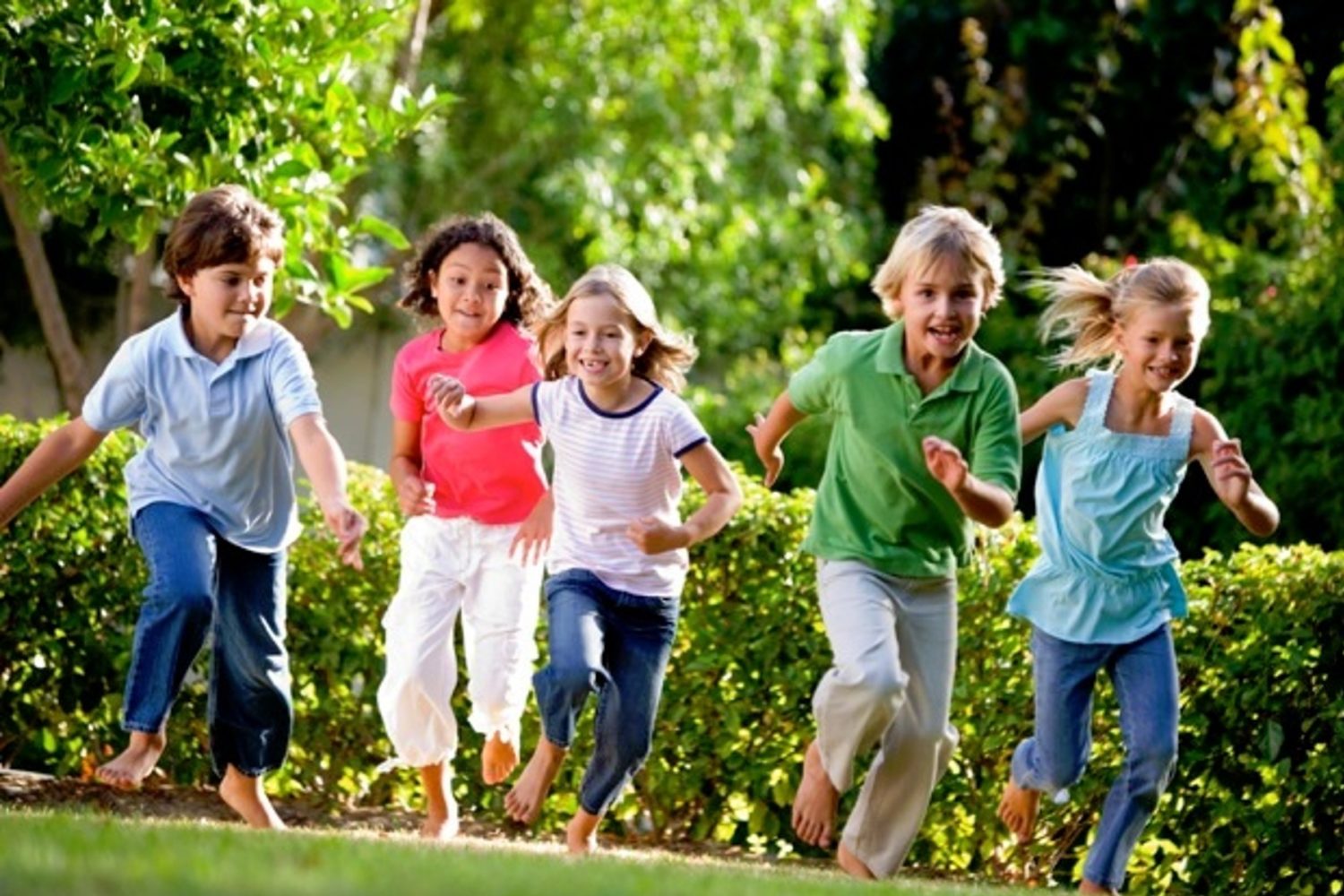Building Resilience, Maggie in the Media, Play & Nature Play, Press & Online
Let children judge risks, be resilient

When I was a young lass, most of the kids I knew only had to be hit once or twice in the chin by a wayward seesaw before we learnt the playground was a place requiring a bit of caution and some skill.
These days, not many playgrounds have wooden seesaws or metal maypoles or long monkey bars or sand under the swings. Modern playgrounds are a much more structured, safer option, or so we think.
We’d also ride our bikes to the playground and hang about there for hours without our parents’ supervision.
Mostly, life isn’t like that anymore and while on one level that’s a good thing, on many levels we are doing our children a terrible disservice.
This weekend (2012), I am sharing a C&K conference panel in Brisbane with, among others, controversial author Lenore Skenazy (via Skype) who caused a stir worldwide when she allowed her nine-year-old son to ride the New York subway. Also on the panel, in person, is UK author Tim Gill, a passionate advocate for risk-taking and giving children access to the natural world.
We’re going to be talking about children’s rights and, for me and, I suspect, my aforementioned co-panellists, one I feel most passionate about is the right for children to play, to learn from their mistakes and to bounce back from life’s challenges.
As Jane Fynes-Clinton wrote (The Courier-Mail, April 26, 2012) of a parent who was suing a 13-year-old for accidentally hitting his daughter in the eye with a tennis ball, accidents happen.
What worries me is we have spent so much time trying to safely guide our children and prevent bad things from happening to them that we are dissolving their ability to judge risk for themselves which ironically sets them up for disaster.
We have also created a world so busy and an education system so focused on academic results that we are providing our children with fewer and fewer opportunities for unstructured play. We are diminishing their freedom in just “being” kids seeking fun and having experiences that are massively engaging.
Research consistently proves that play helps children learn about risk-taking, being creative and imaginative, having choices and autonomy. Play is how we learn to wait, to take turns, to develop the art of strategy, to lose and to win graciously. When it’s set outside in the natural world, it’s also fantastic exercise, good for children’s spirits and can reduce stress.
Young children require the movements of rough-and-tumble play, spinning, balancing and rolling, for certain aspects of brain development to occur. Perhaps most importantly, unstructured play stimulates our curiosity and develops our “seeking mechanism”.
An under-active seeking mechanism in adulthood can contribute to a person staying stuck in an unloving relationship, or in a boring and soulless job. We may not be able to imagine alternative scenarios for ourselves.
If we, as parents, teachers, indeed, as a society, don’t start taking play more seriously and allow our children to take a few risks, we are denying them the opportunity to be resilient human beings. And the world definitely needs more of those.
Originally published in The Courier-Mail May 23, 2012
Image credit: © monkeybusiness / Depositphotos.com



